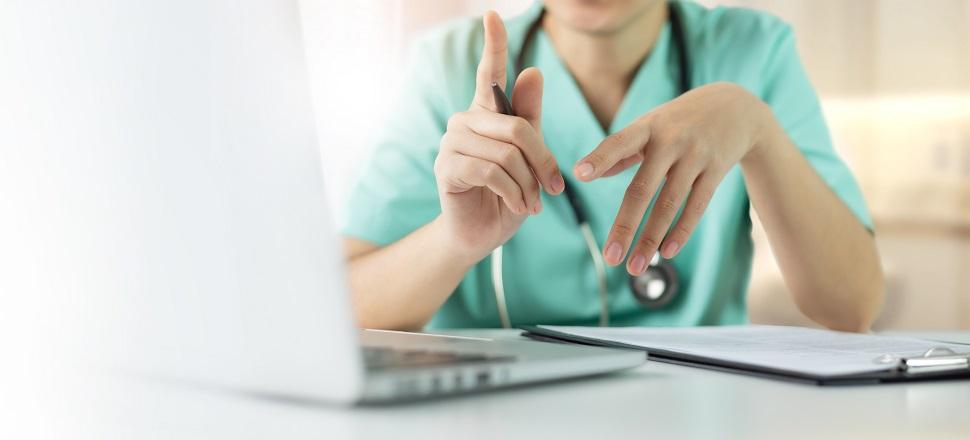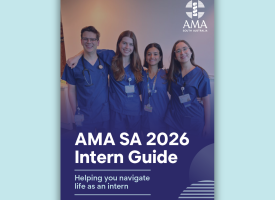Physician’s guide to examination via video consultation
GPs who undertake video consultation with patients might miss the therapeutic benefits of a “hands-on” physical examination.

However, partnering with patients to optimise conditions, preparing properly, and listening closely can still elicit good diagnostic decisions as well as creating doctor–patient connection.
Dr Maja Artandi, a Clinical Associate Professor at Stanford University, told MJA InSight+ that physical exam is an important diagnostic tool but its other important function is to make the patient–provider connection.
“When patients are sick they expect to be examined, they expect the provider to lay hands on them, and if that exam is done well, with skill and knowledge and respect, it actually has a therapeutic effect.”
Dr Artandi and her colleague, Dr Stephen Russell from the University of Alabama, believe that diagnosis and connection are possible to achieve through video consultation under some right conditions. These conditions are strong internet connection, a well-lit room that gives an opportunity for the physician to be able to observe the patient, and a clear goal of the consultation.
In 2020, Stanford University researchers devised five validated techniques, “Telepresence 5”, to enhance connection and communication between clinicians and patients during telemedicine. The presence of 5 includes (a) preparing with intention – read the patient’s notes before meeting the patient and don’t take the previous patient’s problems with you, (b) listen intently and completely – avoid interrupting the patient, (c) ask questions – agree on what matters most, (d) connect with your patient’s story – celebrate successes, and (e) explore emotional cues and name those cues.
“Preparing with intention – it does help to have a desktop screen that’s open to make sure that you’re at the right patient’s chart. Of course, we know that when we’re sitting across the room from someone, but it can be easy to overlook that when you’re doing a telemedicine exam” says Artandi.
Russell and Artandi believed examination via telehealth was “here to stay” and should be taught in medical school.
Full article is available here.



